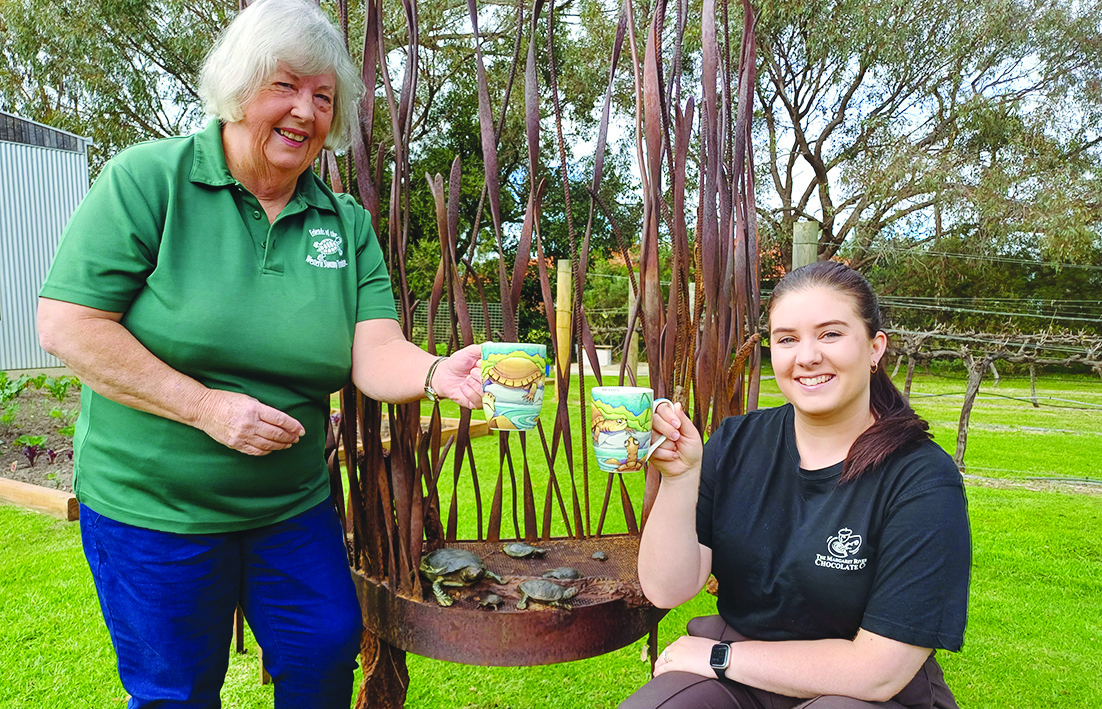
THERE are very few adult western swamp tortoises in the wild making them one of Australia’s most endangered reptiles.
Friends of the Western Swamp Tortoise chairwoman (FoWST) Jan Bant said the tortoise was critically endangered with the less than 50 adults in the world found in reserves in the Swan Valley.
But FoWST along with Perth Zoo and some financial supporters have been working to ensure the survival of the small short-necked reptile, which goes underground during summer to escape the heat and fires.
In 2022 the Department of Biodiversity, Conservation and Attractions said since 1989, Perth Zoo had bred more than 1200 western swamp tortoises of which more than 1000 had been released in the wild with the assistance of FoWST.
Mrs Bant said FoWST was a community group and not-for-profit so it relied on its sponsors such as the Margaret River Chocolate Factory, which this week donated $10,000, to keep going.
She said Margaret River Chocolate Factory had been donating to the group for more than a decade.
“We have probably used some of this money already before we got it for the revegetation of Ellen Brook after the fire,’’ she said.
“We’ve done a lot of planting there too to revegetate the area.”
In 2021 the Wooroloo bushfire swept through the Ellen Brook Nature Reserve in Upper Swan, burning more than 90 per cent of the vegetation but as it was summer there was only one fatality.
One reason having a sponsor like the Margaret River Chocolate Company is that they display the community group’s Tortoise Tales newsletters.
“Lots of tourists and people don’t know the story of the western swamp tortoise so it’s great,’’ she said.
Every year some western swamp tortoises from the Perth Zoo captive breeding program are released.
“We get to release about 40 more but they are not considered to be adults until they’re 15-years-old – and then they start breeding.’’
The Ellen Brook Nature Reserve is the last sustainable population so they do not release in there.
“We’ve been releasing down south and a lot of our money that we’ve got over the last few years has gone on to monitoring for the scientists so they can see how the tortoises do down south that they’ve put in swamps in Scott River National Park.
“Scott River has turned out to be a very good place for them to be but it’s probably another two years before we get the released tortoises from the zoo to start breeding.
“Then hopefully we’ll have a population explosion so wherever they are there will be babies and the cycle will continue.’’